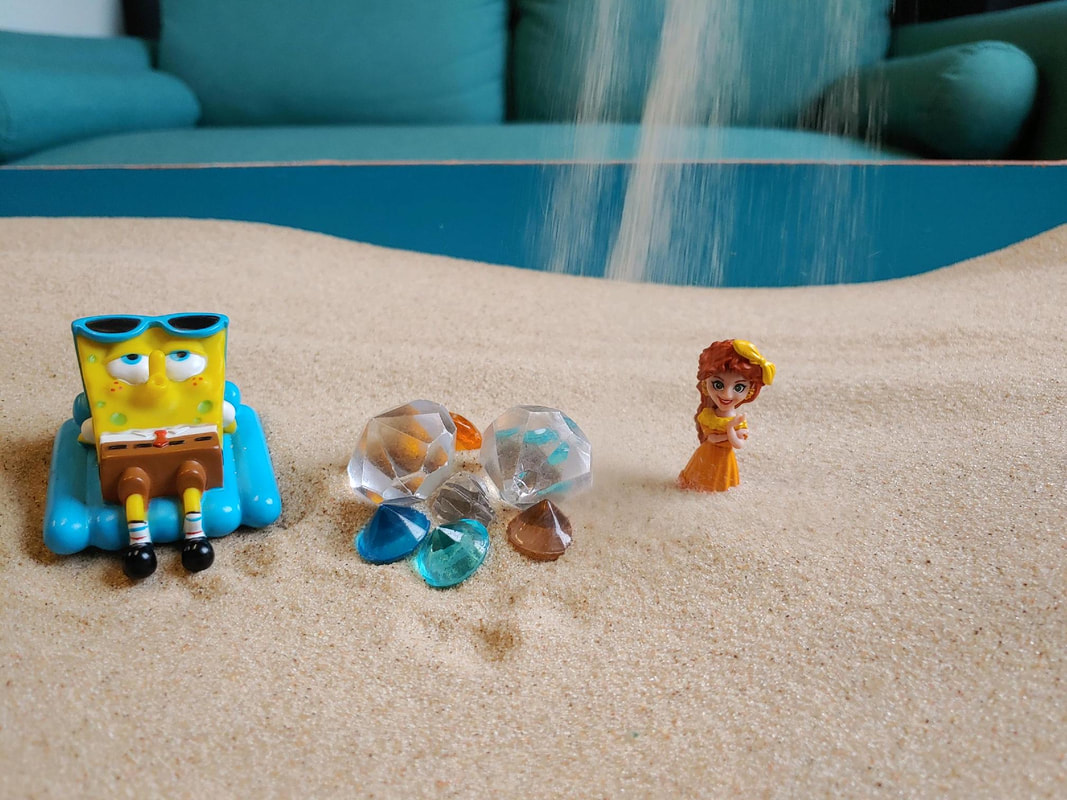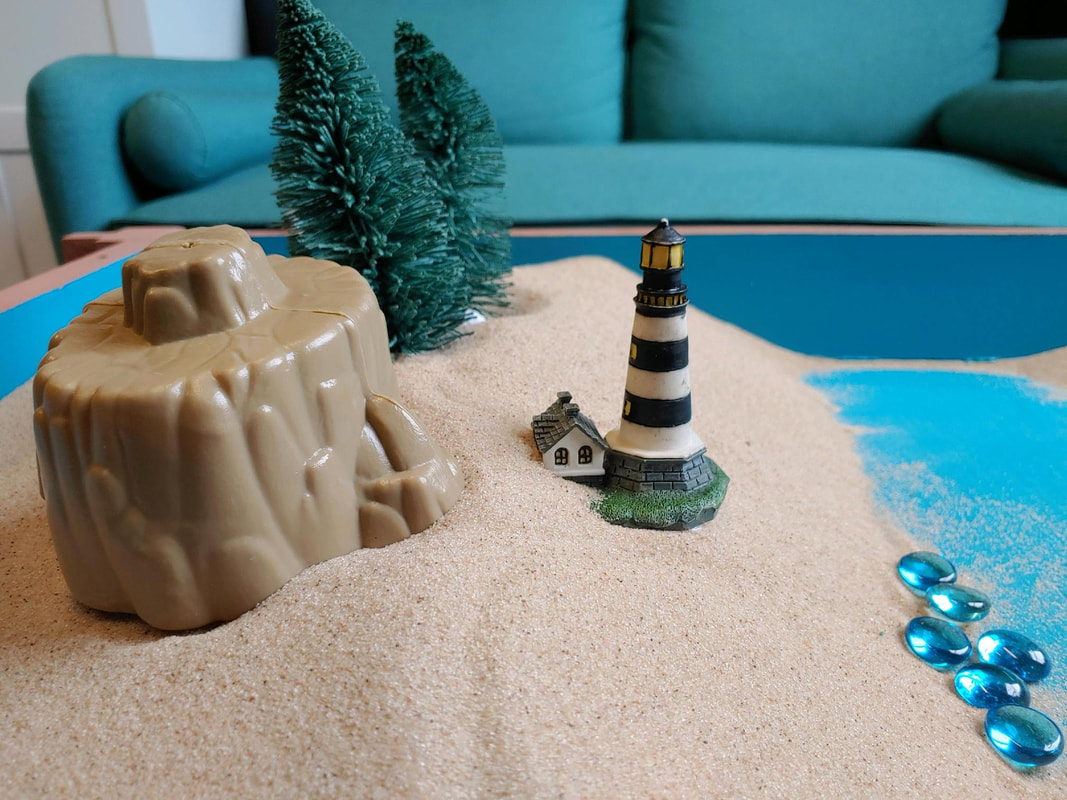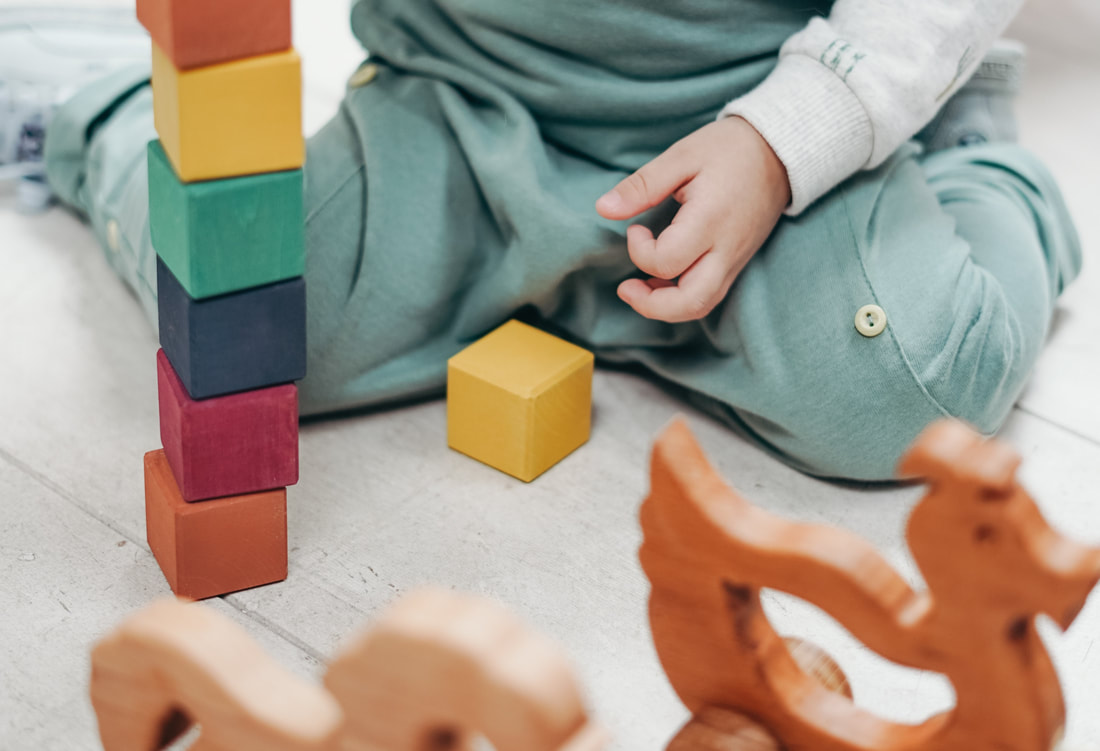|
Did you know that there is a sweet spot to anxiety? Right in between catastrophizing and having zero cares in the world.
Kind of like when Peter from Office Space when his hypnotherapy goes wrong. Or maybe right?
4 Comments
Diversity in your Playroom is essential. Full stop.
I talk a lot about how to select diverse and representative toys for your Playroom HERE and HERE. It is essential for clients to have a wide range of available options of characters that look like them or objects to express their culture and day to day lives. Food, religion, transportation, housing, and family structure are all important parts of this. AND this is by no means a comprehensive list. It is essential that as Play Therapists we consistently assess our playroom and areas for growth and representation. Child Centered Play Therapy can be one of the most difficult models to “trust the process”.
Ok, I’ll take ownership - it was the most difficult model for me to understand what I was doing, why I was doing it, and link to effectiveness. I often had thoughts like “am I even doing anything here?” or “how is this going to help us work towards our goals?”. It was a hard concept to grasp coming from a grad program that had a teeny tiny sprinkle of child interventions but was nearly entirely focused on adult mental health diagnosis and treatment…which looks completely different from child therapy! AND not to mention there are many universities that don’t think that Play Therapy is an evidence based practice or at the very least don’t mention it as an effective type of therapy for children. (Learn more about how Play Therapy is an evidence based practice HERE) AND we also have insurance companies pushing for quantifiable goals and tracking of results. So, in all of this it was so much easier for me to understand that when I read The Color Monster and engage in a Cognitive Behavioral Play Therapy activity (check out this one HERE) it is really clear that I am working on goals of emotional regulation, widening the window of tolerance, emotional literacy, or some other related goal. It was definitely harder to connect the dots about how the facilitative statement and session skills lead to overall changes for a child’s clinical goals. Check out my free download of the CCPT skills cheat sheet to learn more about the CCPT skills! SO when you are used to engaging in a specific intervention as a therapist it can be difficult to understand that the facilitative statements and session structuring skills ARE the intervention. And because of that, I wanted to bust the myth of the Child Centered Play Therapy intervention. It. Does. Not. Exist. Well, it doesn’t exist in the sense that you as the therapist are having no part in planning or facilitating anything. At all. As CCPT therapists we let the child lead the way and we are either using our session structuring skills, facilitative statements, or trying our best to play the role the child needs us to play, taking no creative liberties to put our own creative spin on it. The foundation of the model is the relationship you have with the child. Oftentimes in consultation questions will come up about CCPT interventions or I will hear therapists talk about doing a CCPT session and at the same time making a suggestion, offering an activity, or other sorts of directive approaches. And in those moments we can come back to the model and the therapist skills within the model. So, you miiiiight be attempting to engaging in an intervention (and therefore breaking from fidelity of the model) if you:
Let’s take this example - pretend we are thinking about a session where a child has completed an art project of her big feelings. That COULD be a CCPT session if the child spontaneously stated they were going to create art, got the supplies themselves, on their own generated the idea, and got to work! It would be departing from a CCPT session if the therapist did any of the following:
And if you have found yourself doing any of the above - there is definitely no shame in that! Check out my free download of the CCPT skills, get more training, or seek out supervision/consultation. It is definitely a tough model, but one that has been proven through research to be incredibly effective for healing young people - even when we can’t directly draw the line from “intervention” to symptom. What has been the hardest thing for you about the CCPT model? Have you found any good tips or suggestions to help you work through it? Drop a comment below! Looking for more support in your Child Centered Play Therapy practice? Check out Child Centered Play Therapy: Troubleshooting the 13 Biggest Stuck Points! I’ve played everywhere, man. I’ve played everywhere.
Ok - if that doesn’t want to make you bust out in song and channel your inner Johnny Cash, well maybe you should have a listen HERE as a lil pick me up for your day! But in all seriousness everywhere might be a bit of an overstatement, but not by much. If you have ever done school based therapy you are very used to having office space that is significantly below the ideal playroom according to Garry Landreth. Across my career I have played in small offices where there was barely any room to do a jumping jack (let alone a full on sword fight), giant conference rooms with larger than life tables, offices that were not my own (with very adult and very breakable objects), offices with a separate playroom, offices with the playroom inside the office, and offices where my “playroom” was a rolling suitcase. And all of that makes you get…well…creative! I learned as I went what the best possible ways to set up a playroom in a temporary space. I talk HERE about the 5 things you need for your Portable Playroom space! And over the years I have felt so validated by Gary Landreth in this book HERE as well as Terry Kottman and Kristen Meany-Walen HERE. In Landreth’s text The Art of The Relationship he has a separate area for his “must have” toys for a portable playroom AND Terry Kottman discusses how during her school based work had to make a hallway work for Play Therapy sessions. So, there you have it! It’s expert approved that you can, in fact, play anywhere. I wanted to dive into my top 5 tips for how to make a temporary space work best for Play Therapy, especially Child Centered Play Therapy. 1. Intentional Packing and Transporting My first tip starts at the very beginning. However you are transporting your Playroom make sure you are able to carry it where you need it to go and neatly pack it up when it is time to leave. There is literally nothing worse than opening your play kit or portable playroom and everything being mixed up and you have no idea where to find things. I have tried many things over the years but my favorite, least expensive, and easiest larger container was a rolling suitcase. However, this was not the best option for my basement office where the building had no elevator downstairs. Inside of the larger storage tote, bag, or container it can be SUPER helpful to have separate containers to hold all the categories of toys or groups of like toys. I have used smaller structured totes (for miniatures or the sand tray) and have used Zip Lock plastic bags as well. Also, identify what are your “must haves” for your population, making sure you are including each category of toy. Assess how to make your portable playroom the leanest it can be, while still offering variety and all the things a child may need to express themselves. 2. Create Consistency One of the great things about a traditional Playroom is that everything has a place so the child knows what to expect and where they can find different items, toys, or materials. When you are doing portable play therapy in a temporary space it is important to have extra time before sessions start for the setup. This means however you are placing or displaying the toys that they need to be in as similar arrangement and setup as possible each session. It can help to take a picture of how the toys are setup so you don’t have to remember all the details each time. 3. Easily Accessible The next tip is another standard practice of a traditional Playroom. You want to make sure that however the toys are setup that they are easily accessible to the children in your office. A lot of times that might mean setting up the majority of the toys on the floor in neat piles or areas. However, if the children you see are Elementary students you might have the option to put some items on an available table versus if you had 3 and 4 year old children who might not be able to clearly see up on a table. 4. Create The “Just Right” Space For some temporary spaces this will not be an issue, however if you are playing in a larger conference room the large amount of space may not be ideal for Play Therapy. You may want to create physical boundaries of where the play space is and have the toys set up accordingly, with enough space for play therapy activities but not too much to create dysregulation! 5. Understand The Boundaries and Limits of Each Unique Space This is especially important if there are objects in your play space that are not yours. Playing in a conference room with a table and chairs is a much different situation than playing in the office of a therapist who sees adults and has many breakable decorations. We can also see this issue arise when you may be playing in the office of another therapist who sees kids and might have toys out that you don’t have permission to play with. Understanding the potential areas where you may have to set boundaries or limits is essential before you start! And that’s a wrap on my top 5 tips to create the most consistent and effective play space when you are paying on the go! What about you? Leave a comment on your best portable play therapy tips below!! Looking for more support in your Child Centered Play Therapy practice? Check out Child Centered Play Therapy: Troubleshooting the 13 Biggest Stuck Points! |
Hi, there!I'm Ann Meehan, an LPCC, Loading... Archives
July 2024
Categories
All
|
Privacy Policies | Terms of Use | Disclaimer
Contact
[email protected] | Copyright Meehan Mental Health Services 2022
Contact
[email protected] | Copyright Meehan Mental Health Services 2022








